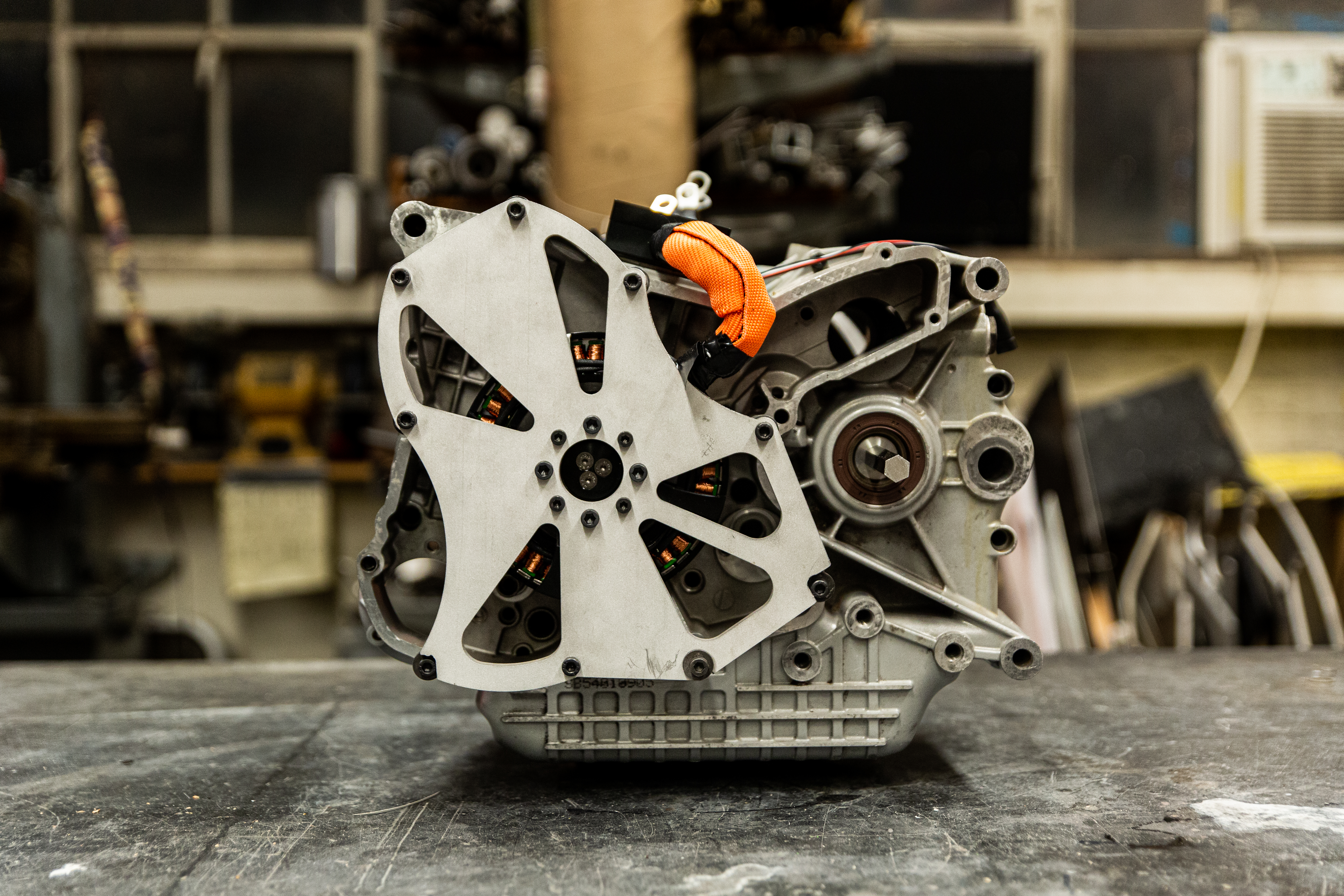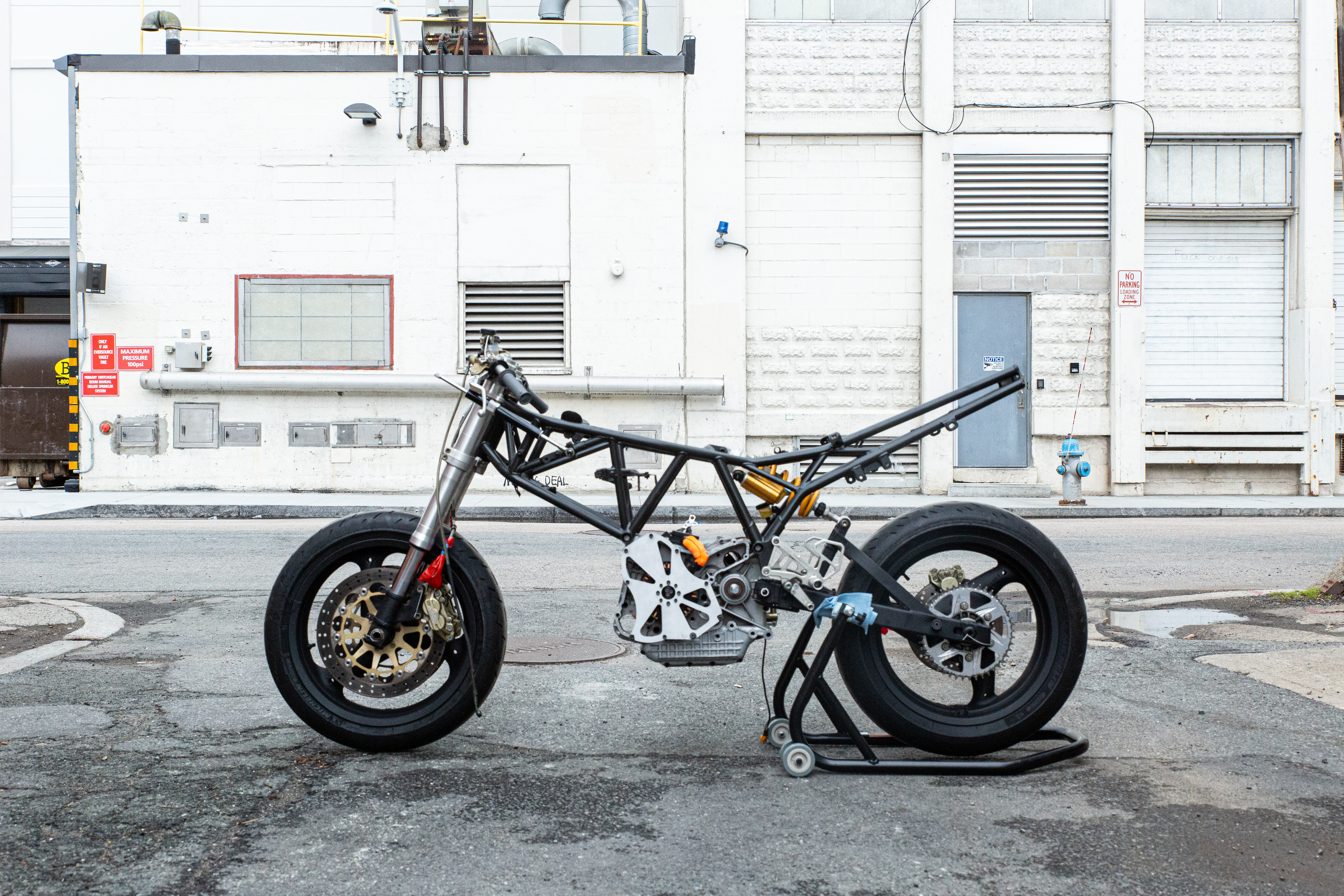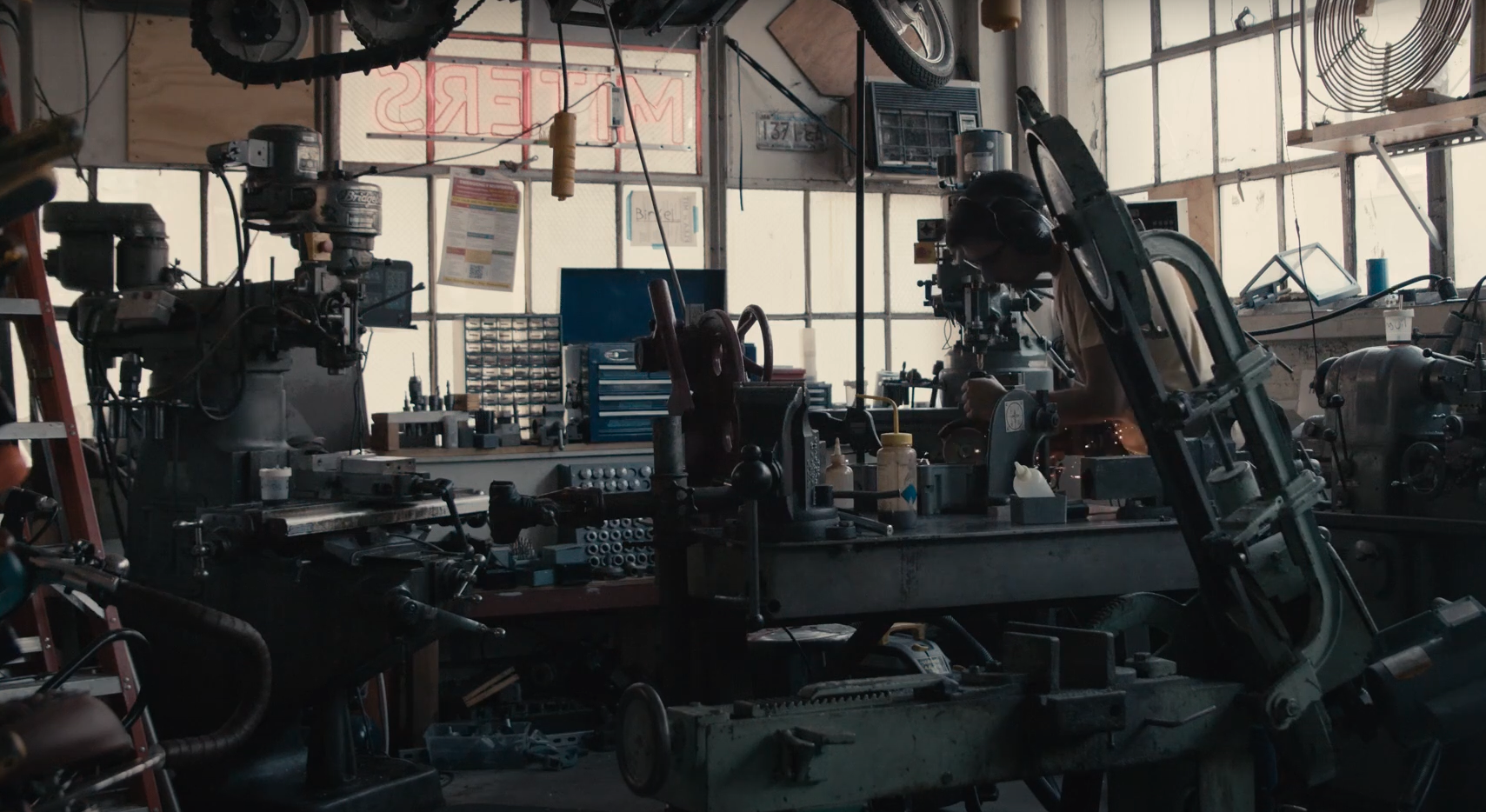Impact while understanding its context.
If you’ve made your way here already, we likely don’t have to explain to you that a global transition to clean energy is one of the most relevant issues we face today. However, before we begin explaining who we are and what we hope to do, we want to make some brief points that remind us why addressing the stressors on our climate is so important.
Climate Change Disproportionally affects under-served commmunities, despite the fact that its causes usually originate from first-world countries or populations that are well-equipped to deal with its effects.
According to Our World in Data, the most significant contributors of carbon emissions per capita are made of a combination of the US, Canada, Russia, Australia, Libya, and Saudi Arabia, with the big oil-producing countries such as Qatar, Kuwait, and the UAE coming out on top. While according to International Rescue, many of the most vulnerable communities to climate change find themselves in countries in central Africa or Southern Asia. And while we do not wish to traffic in blanketed statements that disproportionally assign a status to these communities. Data suggests that these communities are the least prepared to adapt to a changing climate. It’s our fault they’re hurting, it’s our job to fix it.
This is the motivation we choose to ground ourselves in as a group. The human context and its associated factors. The United Nations identified what we agree are the largest issues facing the world today in the Sustainable Development Goals, and a number of these (food security, health, poverty, life on land) heavily depend on building a more sustainable energy infrastructure that will allow the climate to rebound. This is a context that is important in determining how we develop, and implement solutions to climate change. Not simply with a focus on the environment, but with a focus on the people we are trying to help in mind. They have stories, hopes, and dreams. And while we’re building a better world, we can empower them to do the same.
Transporation is a key challenge towards building a cleaner world.
Transportation is high on the list of great challenges. And while Battery-powered Electric Vehicles (BEVs) are gaining traction and leading to reduced emissions, growing sentiment indicates they are not a solution so much as they are a stop on the road to something bigger. It would be prudent of us to pretend what that ‘something bigger’ will be realized as 10-15 years from now, but it’s generally agreed upon that Hydrogen will play a critical role in the transition to green energy. Hydrogen has a high energy density by mass (120 MJ/kg, about 3x that of gasoline), but a low energy density by volume (which means it generally needs to be stored at high pressures or extreme temperatures). This makes it both promising and challenging at the same time.
We work in the following areas.
Now, getting to what we hope to do.
We are a unique group that sits somewhere at the intersection of a research lab, student-led engineering team, and nonprofit organization. We divide our activities into three key areas, each supporting various aspects of our projects and our goals.
Resource Development
This involves building platforms and tools for research and development that are both rigorously evaluated, and clearly documented.
By contributing to existing projects, or by creating new ones of our own, we seek to build a fully open-source, modular Fuel Cell Electric Vehicle (FCEV) as a research platform to facilitate the development of hydrogen vehicles.
It’s important to note that we primarily build these systems for our own research, as a test-bed that lets us try different ideas and understand the system at the deepest level we possibly can. And though vehicles like the Toyota Mirai do exist (and researchers can get access to patents, and technical details through a request portal), we do not believe there is a platform that provides the modularity and flexibility to develop and try new hardware and software outside of simulation frameworks.
All our designs, data, and results will be open-sourced including drawbacks, limitations, failures, and errors because if we cannot admit our flaws, how will we be able to learn?
We publish the details to these systems open-source (see our open-source policy) in an effort to promote collaboration between universities, industry, and research groups. We believe if our hardware is useful to us, then it will be useful to others. This includes everything from physical hardware designs, all the way to design calculators and simulation tools.

V1 Power Unit
Gearbox + Motor Assembly
Education
We define Education as providing opportunities for engineering students to gain experience in complex energy systems, and relevant, up-to date-research to enable their future careers. There is no better experience than a hands-on one, and especially in systems such as fuel-cell vehicles where hardware is generally expensive, complex, or sometimes arouses safety concerns. Opportunities for students, especially well-organized, and safe opportunities are hard to come by.
The learning opportunities are vast. Vehicle development involves significant mechanical, and electrical design. FCEVs require additional controls, and safety engineering. And hardware testing provides students with the understanding of how to rigorously verify their work as they would in industry. Our most significant educational program includes undergraduate research opportunities for MIT students, but we hope to partner with community organizations to expand our reach to high-schools in the Cambridge/Boston area.
Academic Research
The largest barriers for FCEV adoption, and in fact BEV adoption remain to be infrastructure. We simply do not have the Hydrogen generation, compression, transportation/storage, and filling station infrastructure in place for FCEVs to be remotely viable as a consumer or commercial alternative. A significant amount of research into this infrastructure is still being conducted.
As a group, our focus will be to aid in research into infrastructure development, and fill any remaining gaps in vehicle engineering. We also plan to look into Life Cycle Analysis (LCA), and simulation frameworks for FCEVs, evaluating them on hardware and minimizing the Sim-to-Real gap.
We will establish key partnerships within industry and academia in an effort to achieve the listed research goals. We will contribute to existing open-source projects to form a collaborative network working on making hydrogen vehicles a reality.

2022/23 Bike Toothless
(in progress)
We want to prove our work in the real world.
Hardware is at the core of everything we do. We build real things, starting with racing vehicles and moving to more practical vehicles in the future. It’s no secret that racing has produced many innovations that make consumer cars more efficient, and a deeper understanding of vehicles as a whole. We exploit this with the knowledge that research is only as useful as our ability to apply it in the real world.
We believe that using rigorous engineering and science, we can build a cleaner future. We have a passion for speed, and an understanding that this does not have to clash with our goals to be a carbon negative society. And through motorsport we seek to push renewable technologies to the limit, to develop the power unit of the future. We want this power unit to be affordable, fully open-source, and be proven on the most aggressive vehicular testbed known to humankind—the racetrack.
We will learn from each project and each race through detailed analysis, and data collection which will also be provided open-source to the community. We will focus on performance, but on practicality as well.
And we will do this with the attention to detail, and craftsmanship that comes with a licence to fab(ricate).
Little bit of history.
MIT’s Electric Vehicle Team has a strong pedigree of racing, as well as research contributions to the field of electric vehicles. We are a student team with industry partners, with a home in MIT’s Edgerton Center. If you are an MIT student who wants to join the team, reach out! If you are a company, organization, individual, or other non-MIT affiliate who wishes to work with us. Reach out as well, we would be happy to work with you. l2f@mit.edu
For industry partners, please see our patners page for more information.
All of our work is open source, please see the Open Source Policy page of our website for details.
People
Project Advisors Professor Alexander H. Slocum
Team Mentor (and fabrication guru) Jack Whipple (MIT D-Lab)
Project Lead Aditya ‘Adi’ Mehrotra (S.M. MIT MechE)
Graduate Students Jesse George-Akpenyi (MIT MechE)
Undergraduate Students Masarah Ahmedhussain, Maya Ayoub, Elizabeth ‘Ebby’ Brennan, Endy Beltran, Jesus Diaz, Tori Hagenlocker, Anand John, Mia Ladolcetta, Connie Ly, Annika Marschner, Rachel Mohammed, Carlos Sanchez, Miguel Talamantez, Tyler Nagashima, Mustafa Al-Obaidi, Elysia Yuan
Collaborators Elizabeth Jackson (US Department of Energy Fellow)
Interns (from outside MIT) Yes! We take Interns! Reach out to us to learn more!
